
A Course Designed to Help 'Break the Cycle' of Domestic Violence
The United Nations Population Fund (UNFPA), with support from the British government in Ukraine, conducted a powerful information campaign titled ‘Break the Circle’. As part of this initiative, Technomatix developed a mobile learning course.
The goal of the course is to stop domestic violence and gender-based violence and ultimately ‘break the cycle’ of mistakes, misunderstandings, and stereotypes that often stem from such incidents.
Throughout the training, participants receive answers to key questions about the manifestations of violence and learn about the necessary actions to prevent them. The course modules complement each other, providing a comprehensive understanding of ways to address this global issue.

Effective Mobile Training
As we embarked on developing the three modules of the course, we received extensive information blocks from the customer and needed to organize them for optimal accessibility. With the assistance of the RISE tool, we were able to address the primary requirements of mobile learning:
Ensuring course accessibility on any device.
Implementing a logical structure that presents information in digestible fragments for easy comprehension and retention.
Employing interactive techniques to effectively convey various types of information.
Incorporating practical exercises during training and knowledge testing upon completion.




Learning Solutions for Module 1
General Issues and Principles of Combating Gender-Based Violence.
This module provides a systematic explanation focused on defining domestic violence, its types, and signs, along with the principles of public policy for preventing such crimes. Several interactive examples have been incorporated into this module to ensure clear comprehension and absorption of the material:
We've presented the information block ‘Principle 4R’ as a diagram and included interactive buttons. Detailed information about the four components of this principle becomes visible when a participant clicks on them.
Practical cases have been designed in the format of an interactive ‘dialogue with an expert’. To complete the task, a training participant must answer several questions related to each module topic by selecting from the provided options. Upon making a selection, an expert opinion on the matter is displayed.

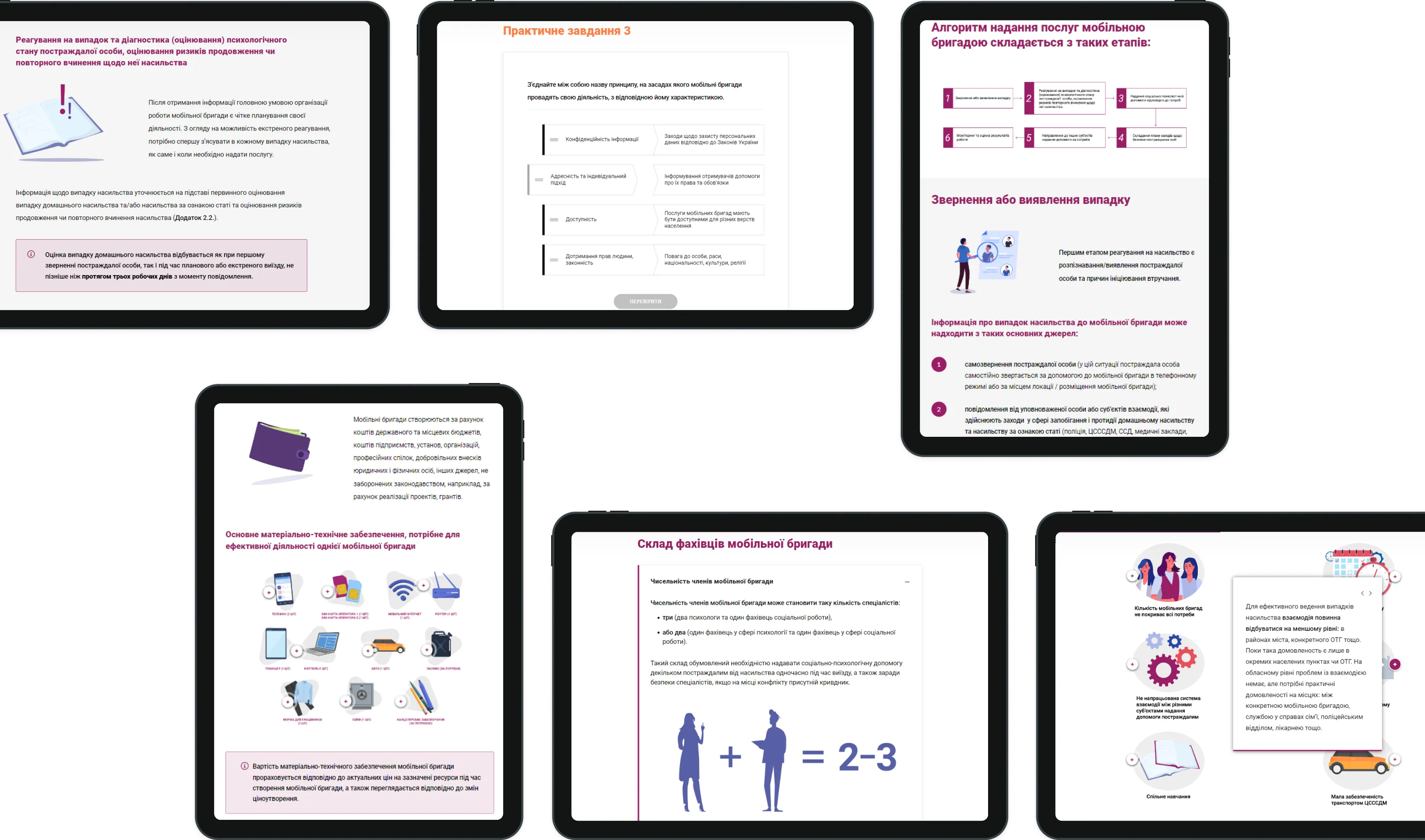
Learning Solutions for Module 2
Mobile Team of Social and Psychological Assistance in the Community
We’ve logically organized the module’s explanatory blocks, emphasizing key points through design techniques such as fonts, colors, photos, and graphic images.
Particular attention should be given to the interactive ‘matching elements’ we’ve incorporated into one of the practical tasks. After introducing the fundamental principles that guide mobile groups in their activities, we challenge participants to test their knowledge by connecting these principles with their corresponding characteristics. Upon completing the task, participants receive feedback indicating the correct results.


Learning Solutions for Module 3
Shelter for Victims of Violence: An Algorithm for Creating and Providing Activities.
We have designed the block with recommendations for the safe operation of shelters using ‘accordion’ interaction.
This block provides a comprehensive list of essential safety measures, and participants can access descriptions of each security component by clicking on the tabs.
We have also presented a significant module block explaining the algorithm for relocating victims to the shelter, in the form of an interactive ‘slide show’. Each slide is composed of logically arranged text fragments and accompanying images to visualize the content.
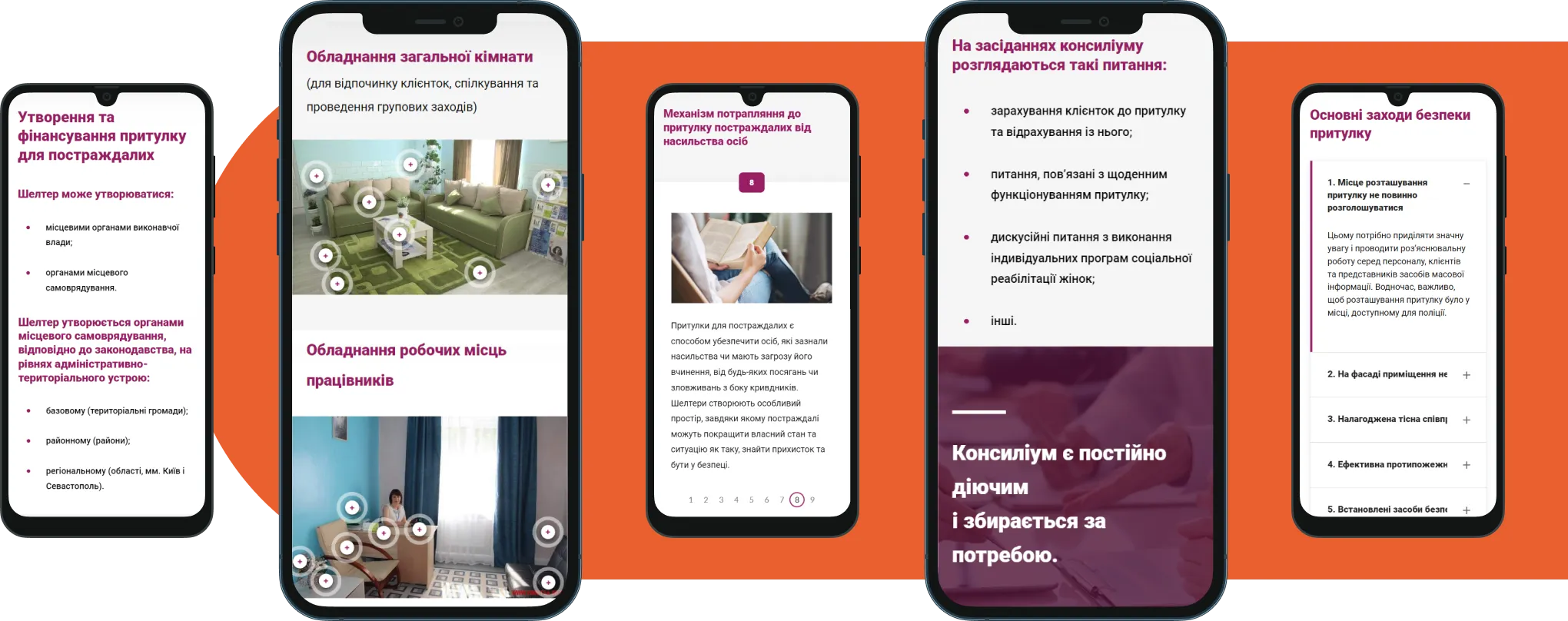








.png)








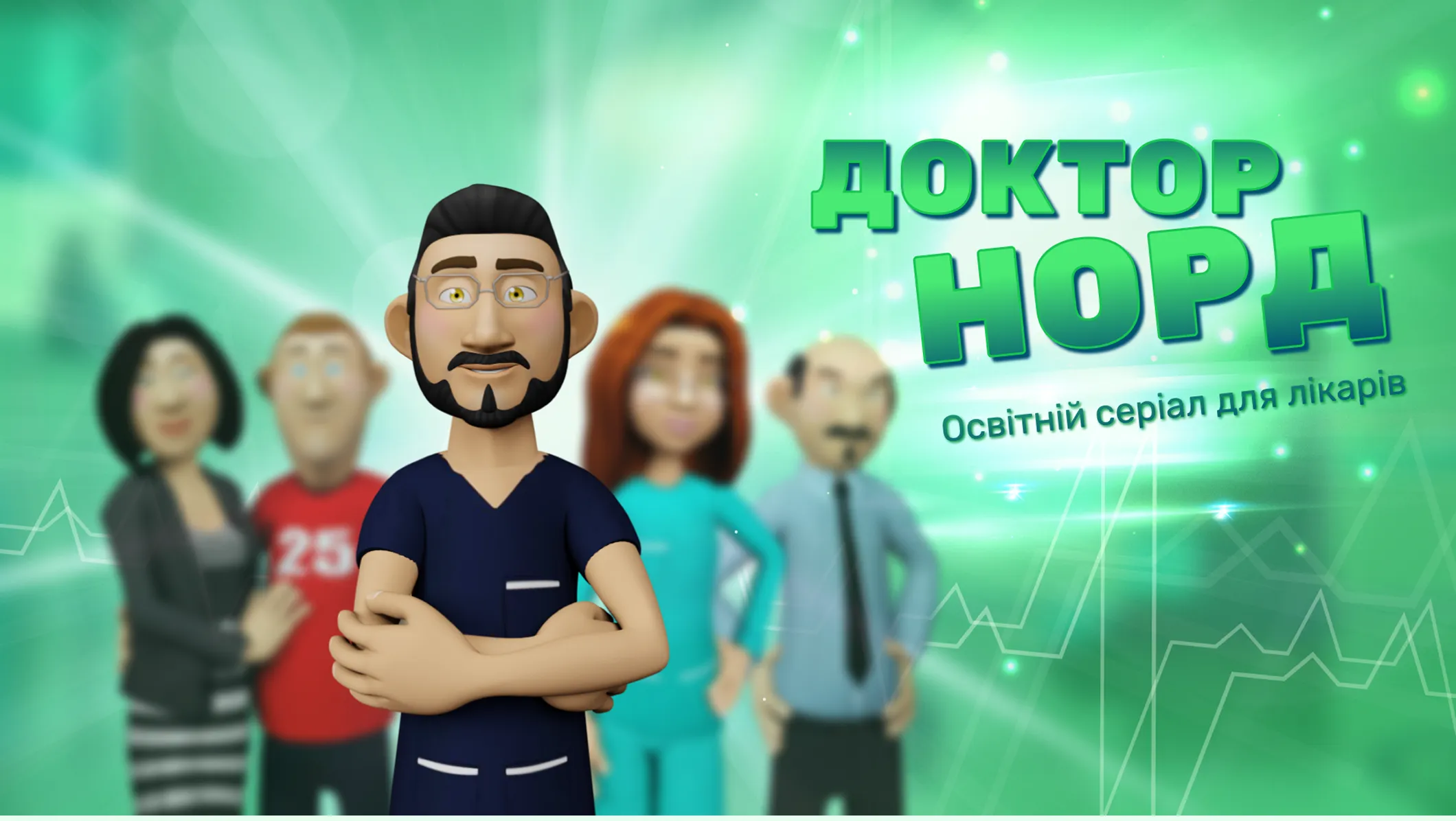
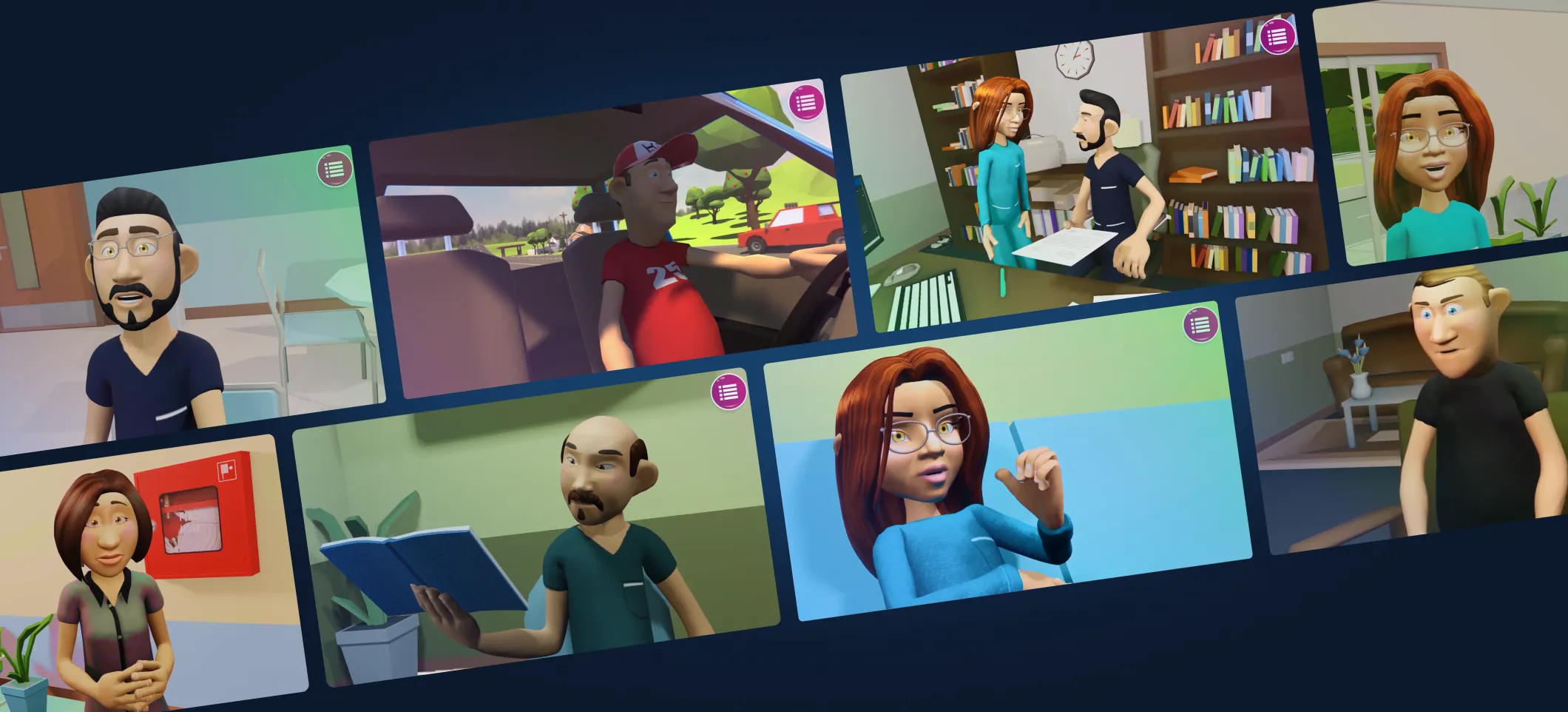


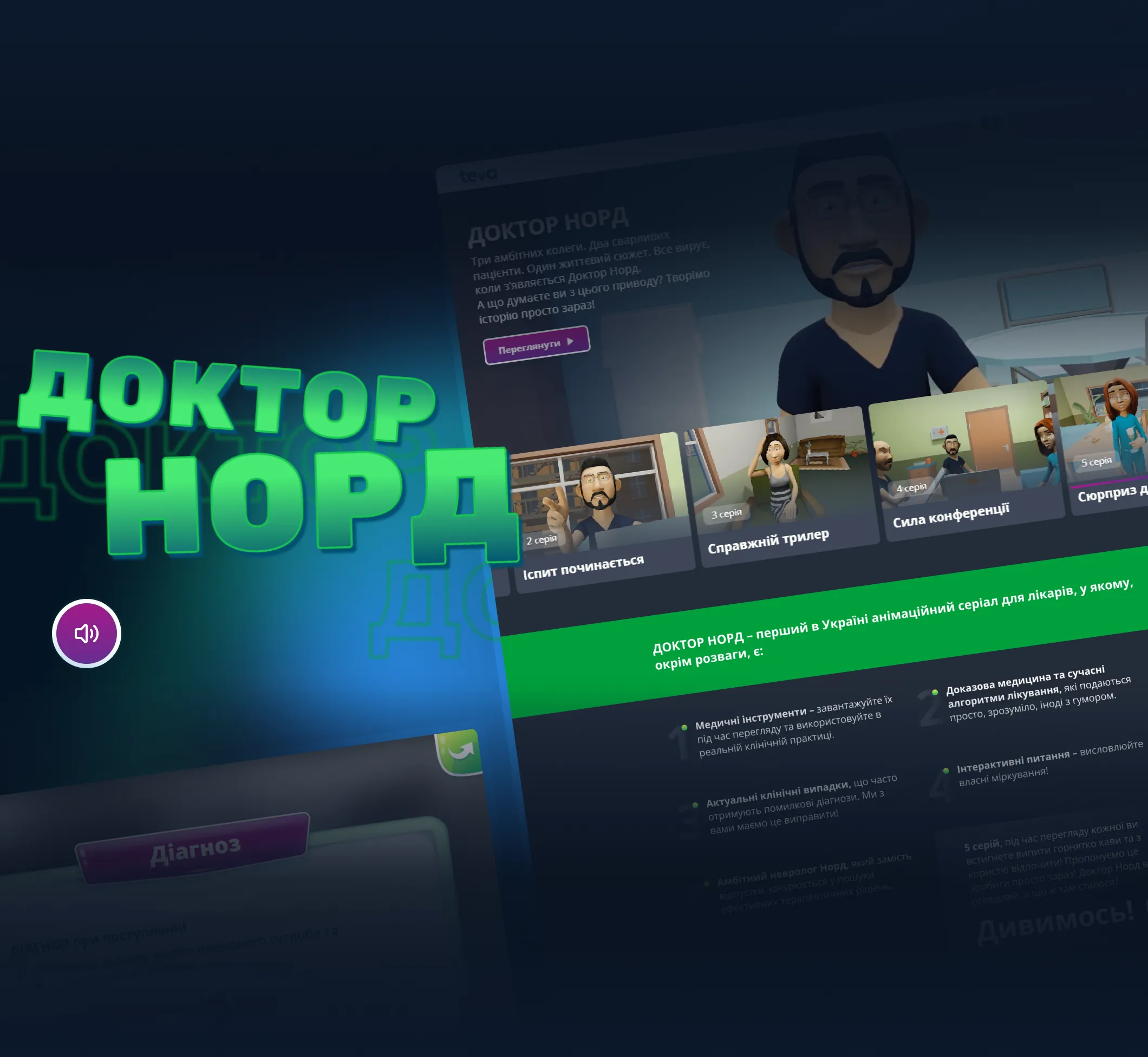


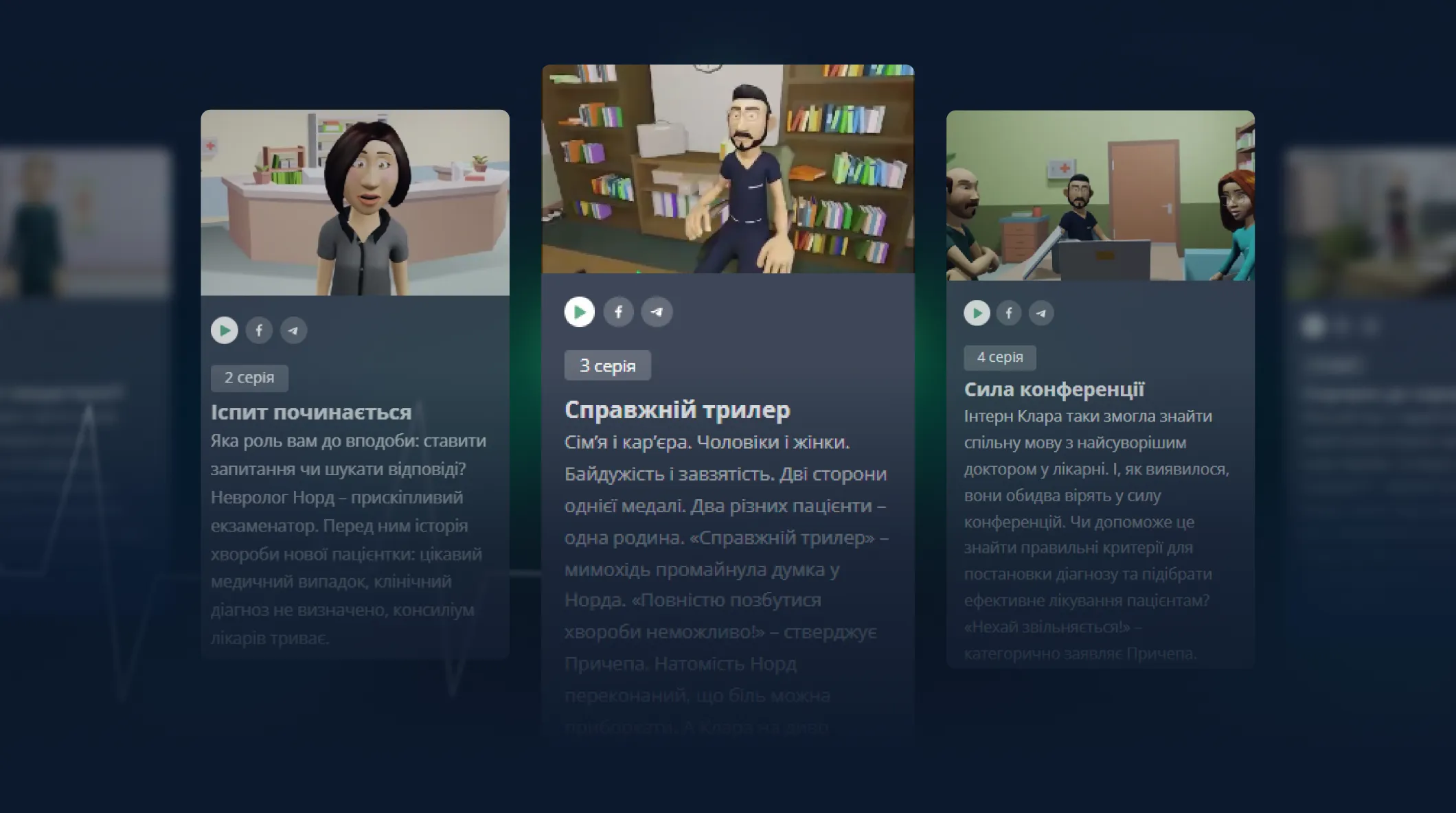



.png)
.png)
.png)
.png)













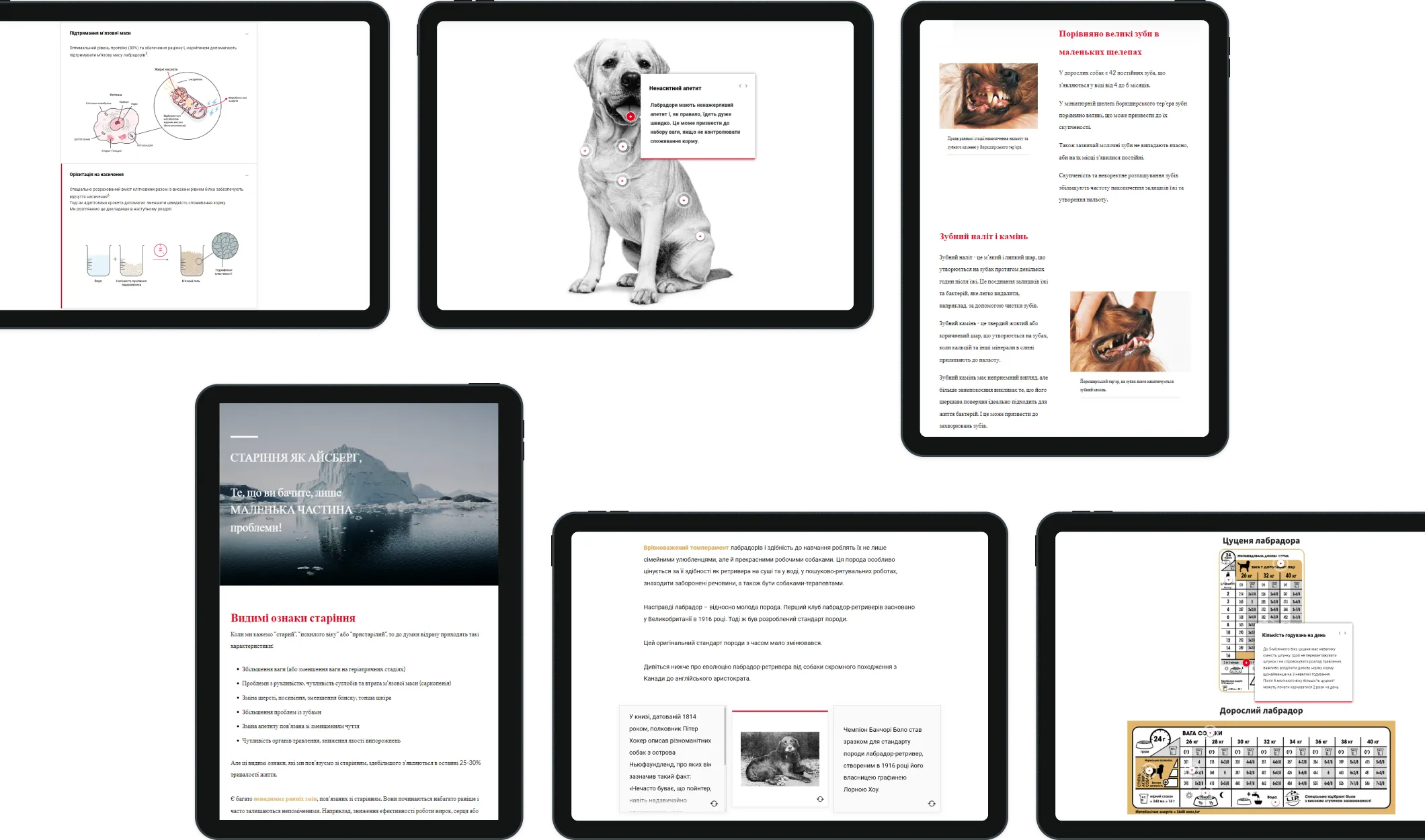







.webp)
.webp)

.webp)
.webp)
.webp)
















































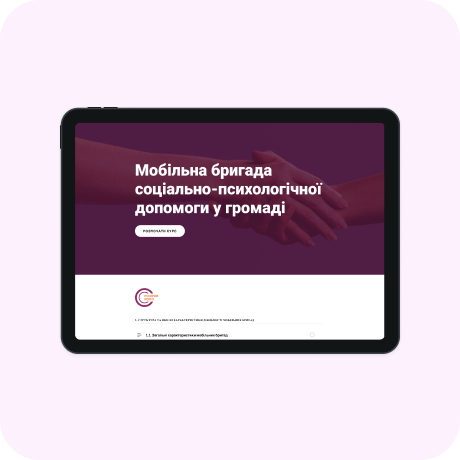
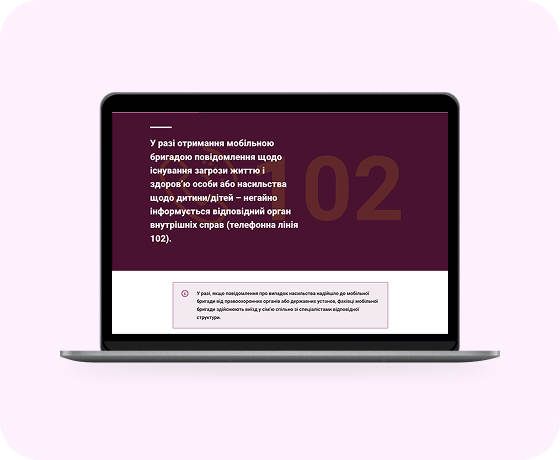



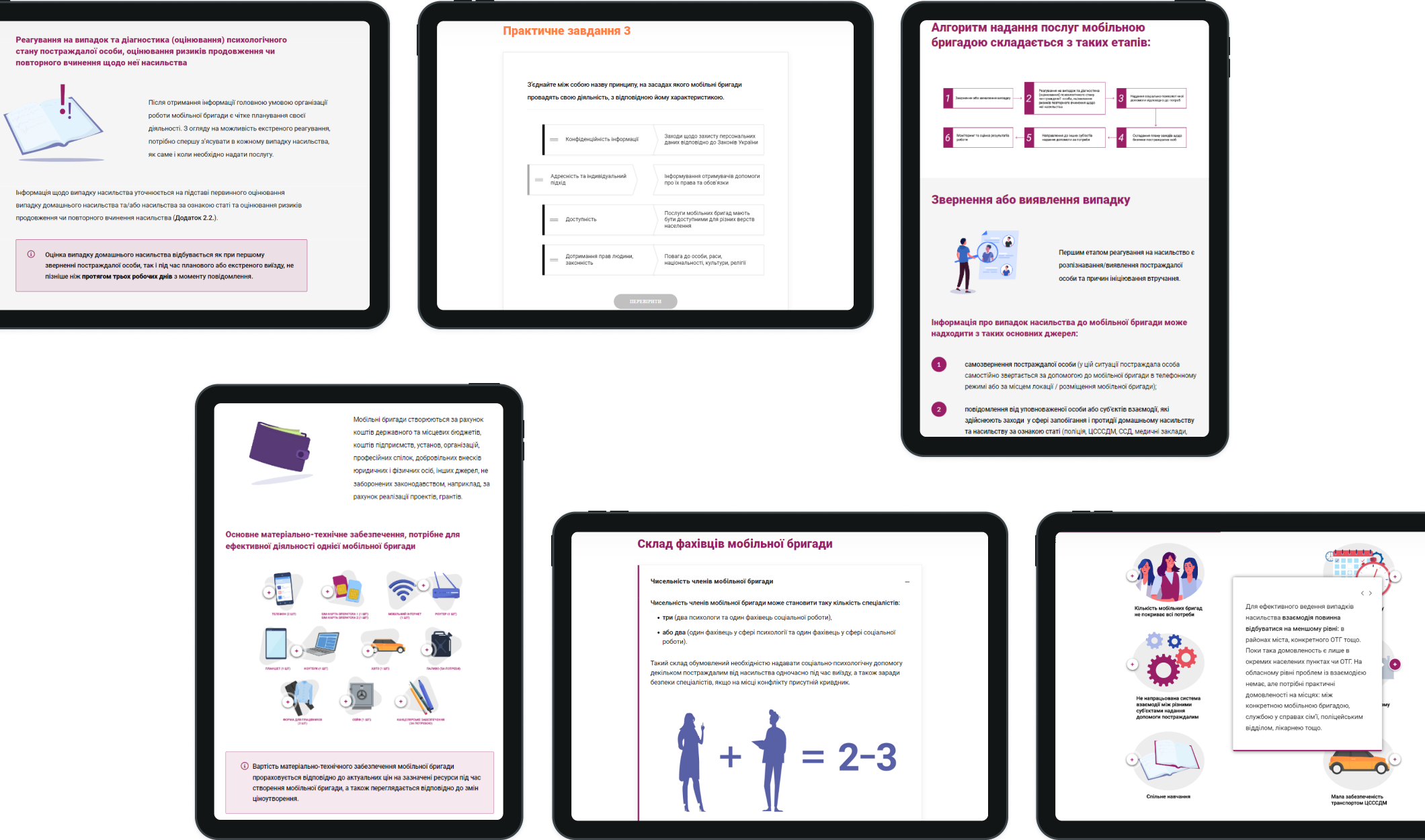


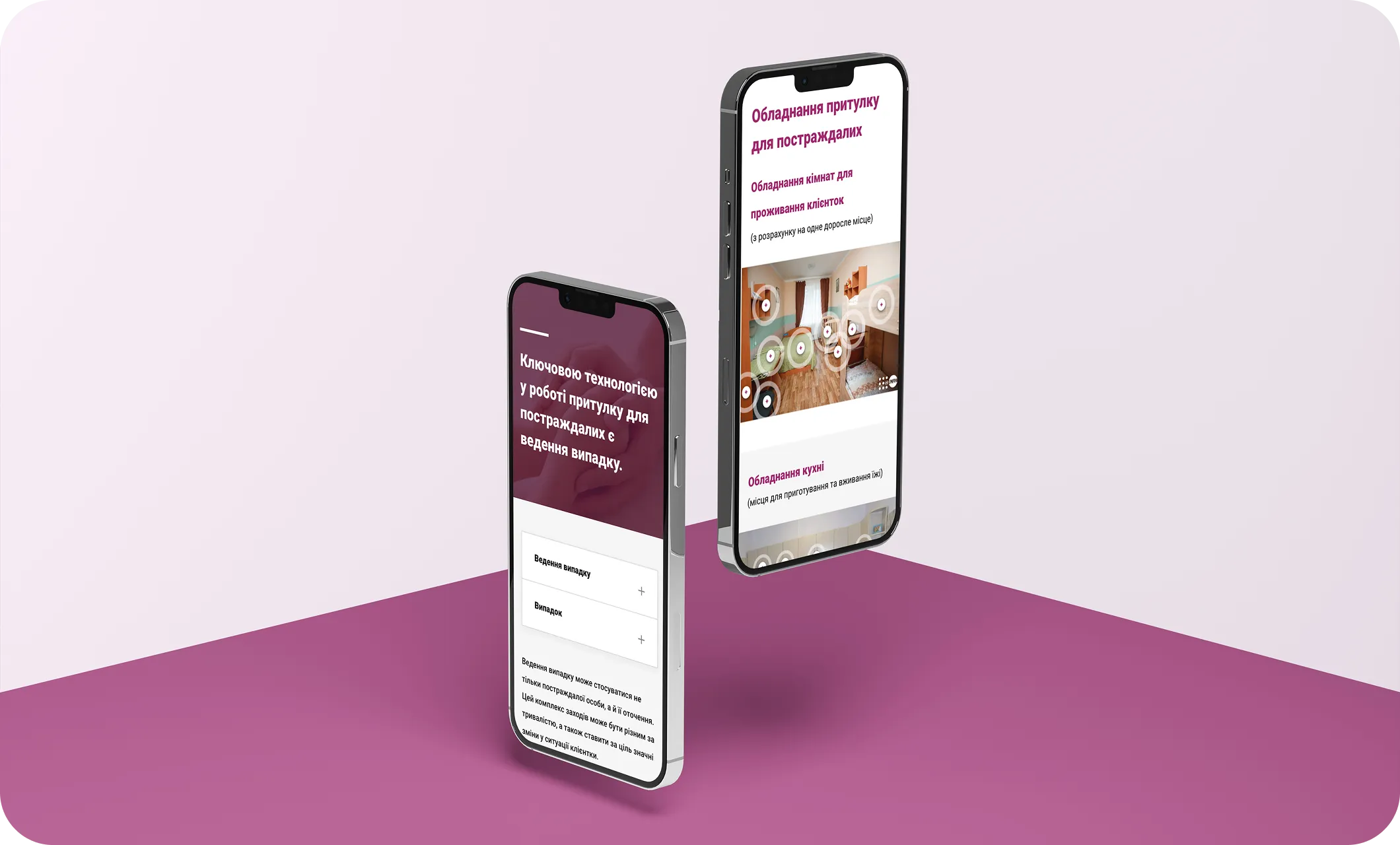





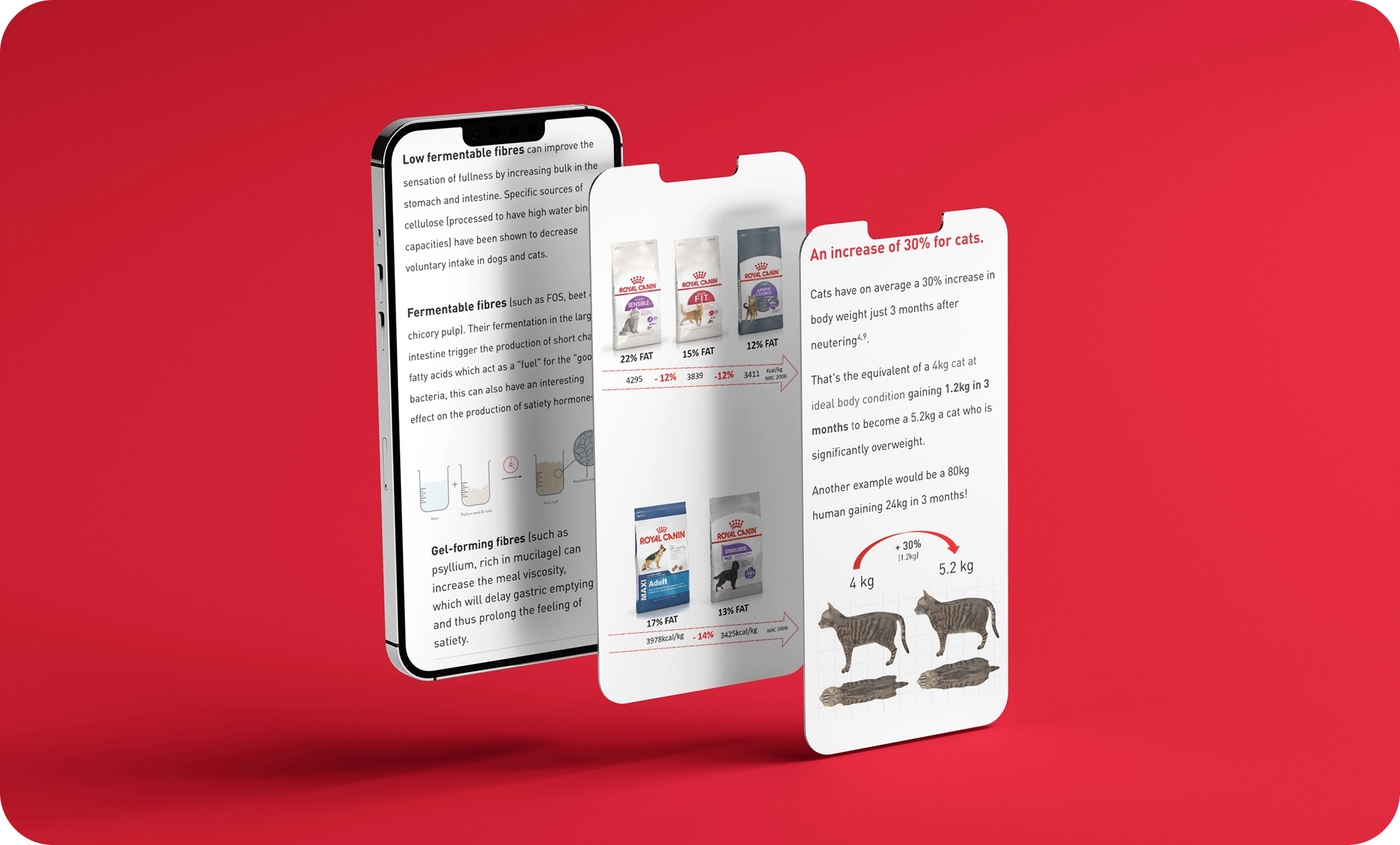















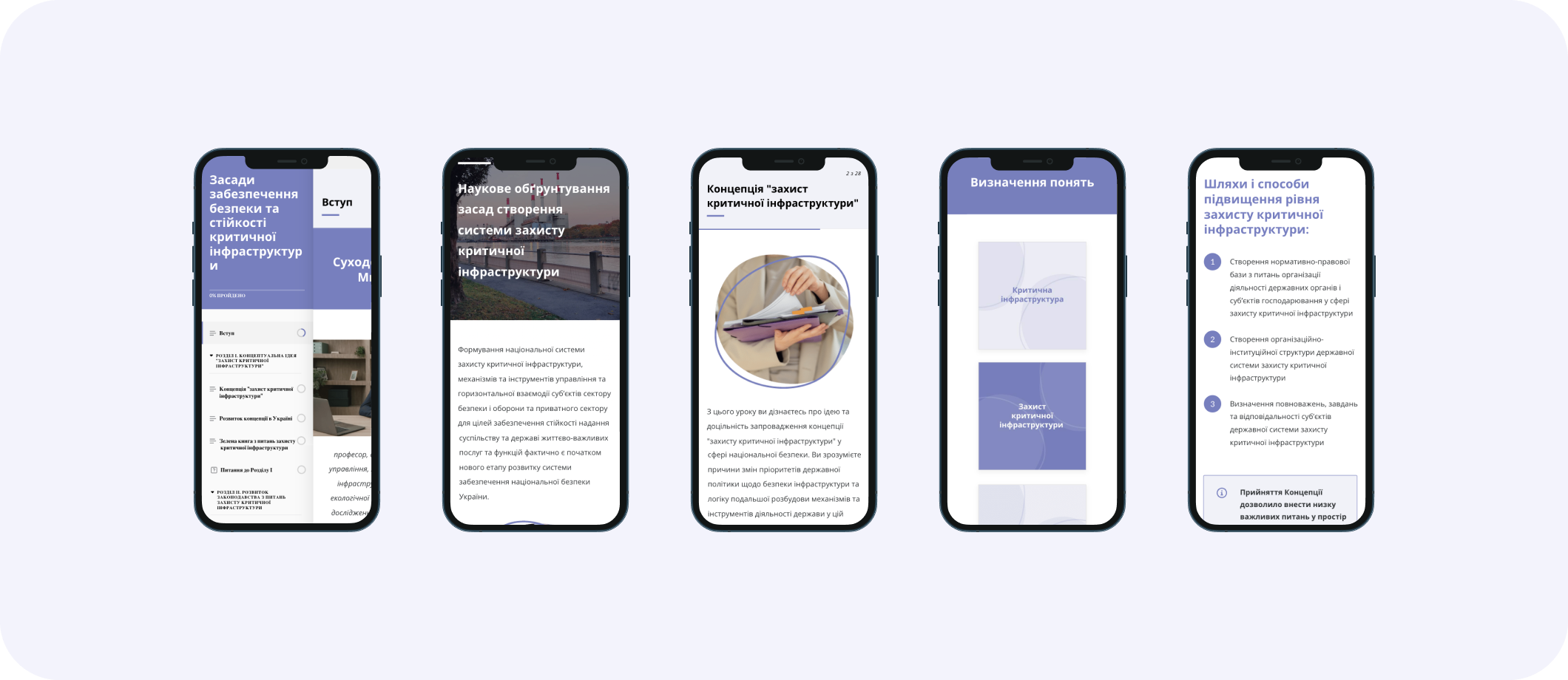



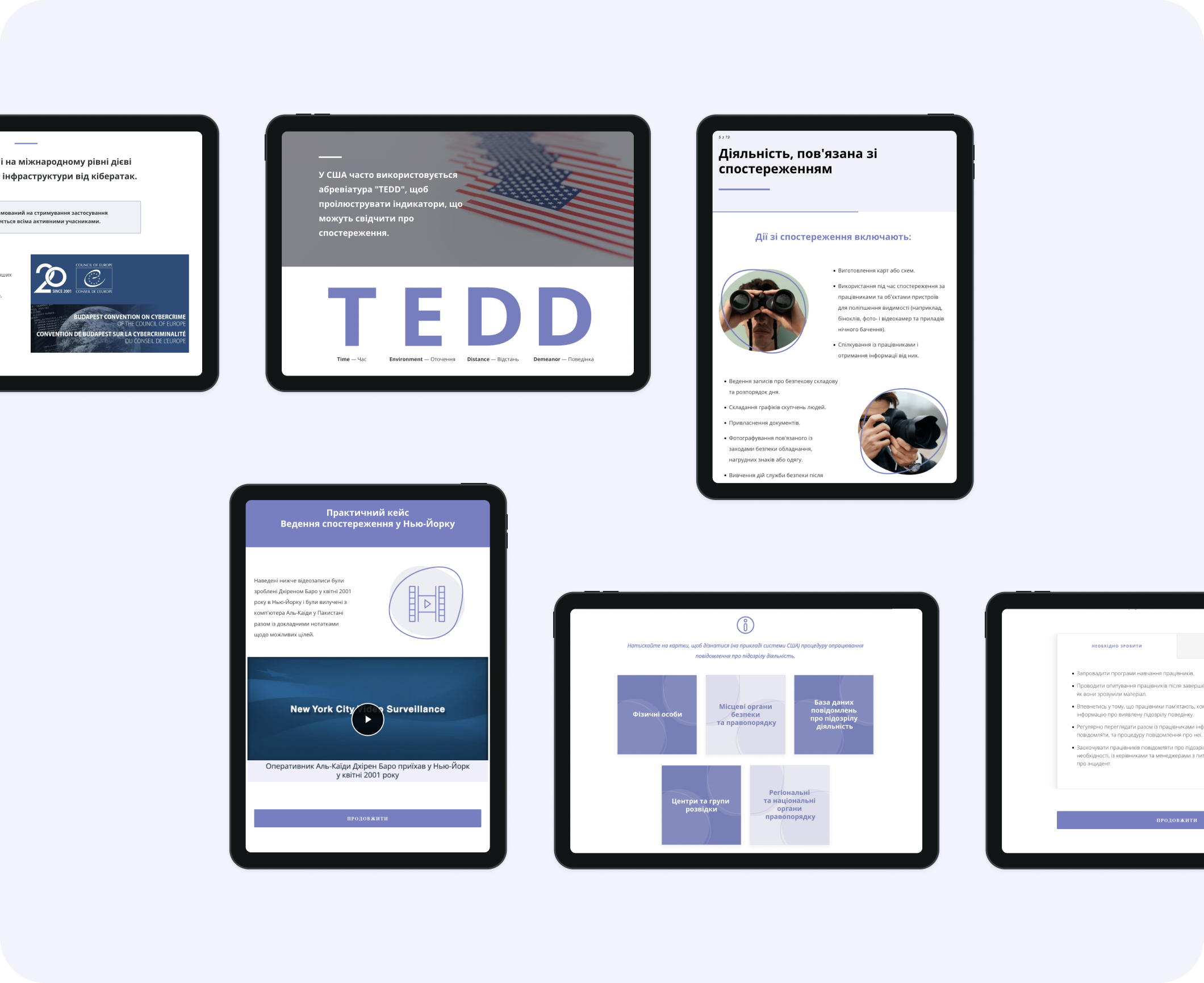


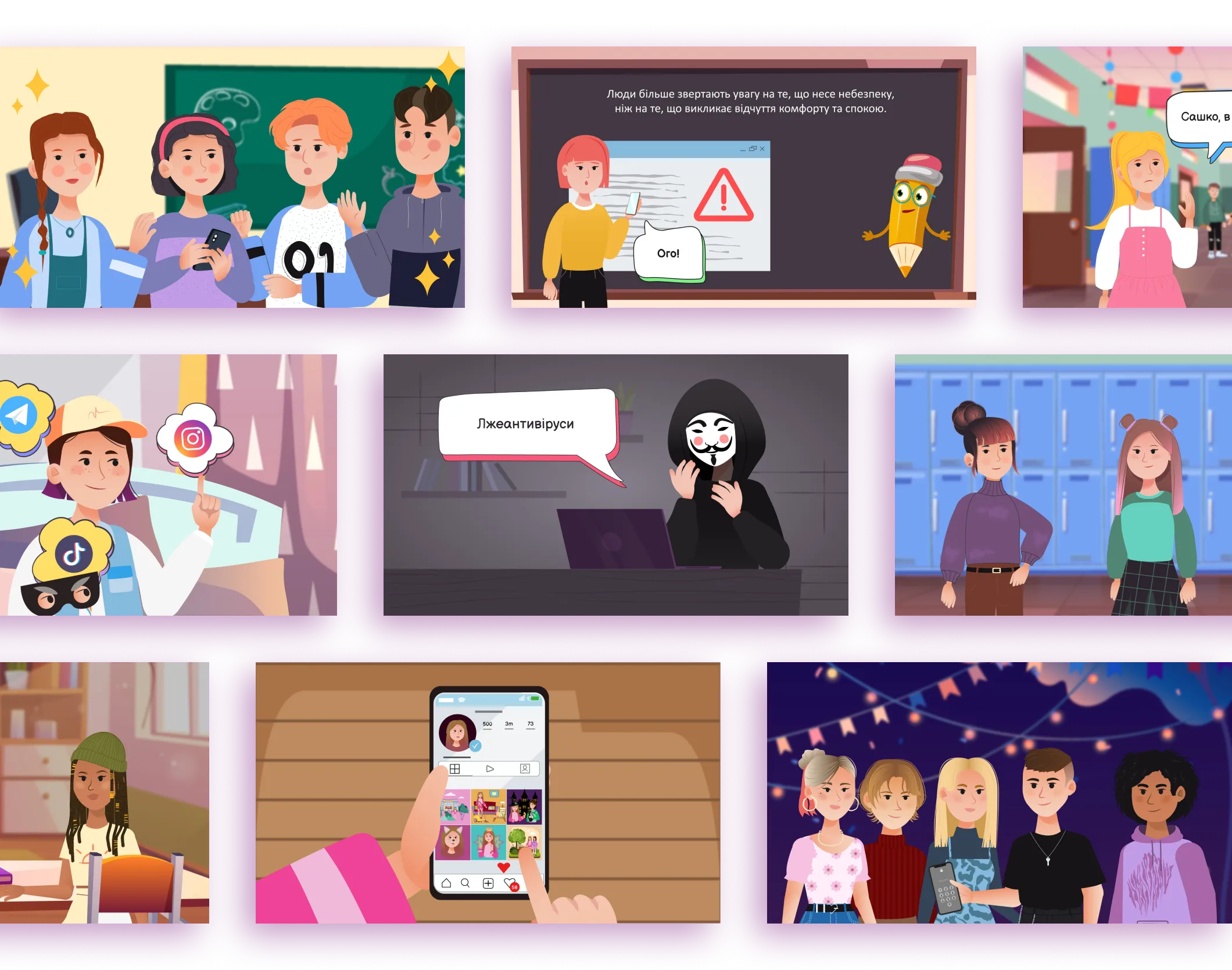
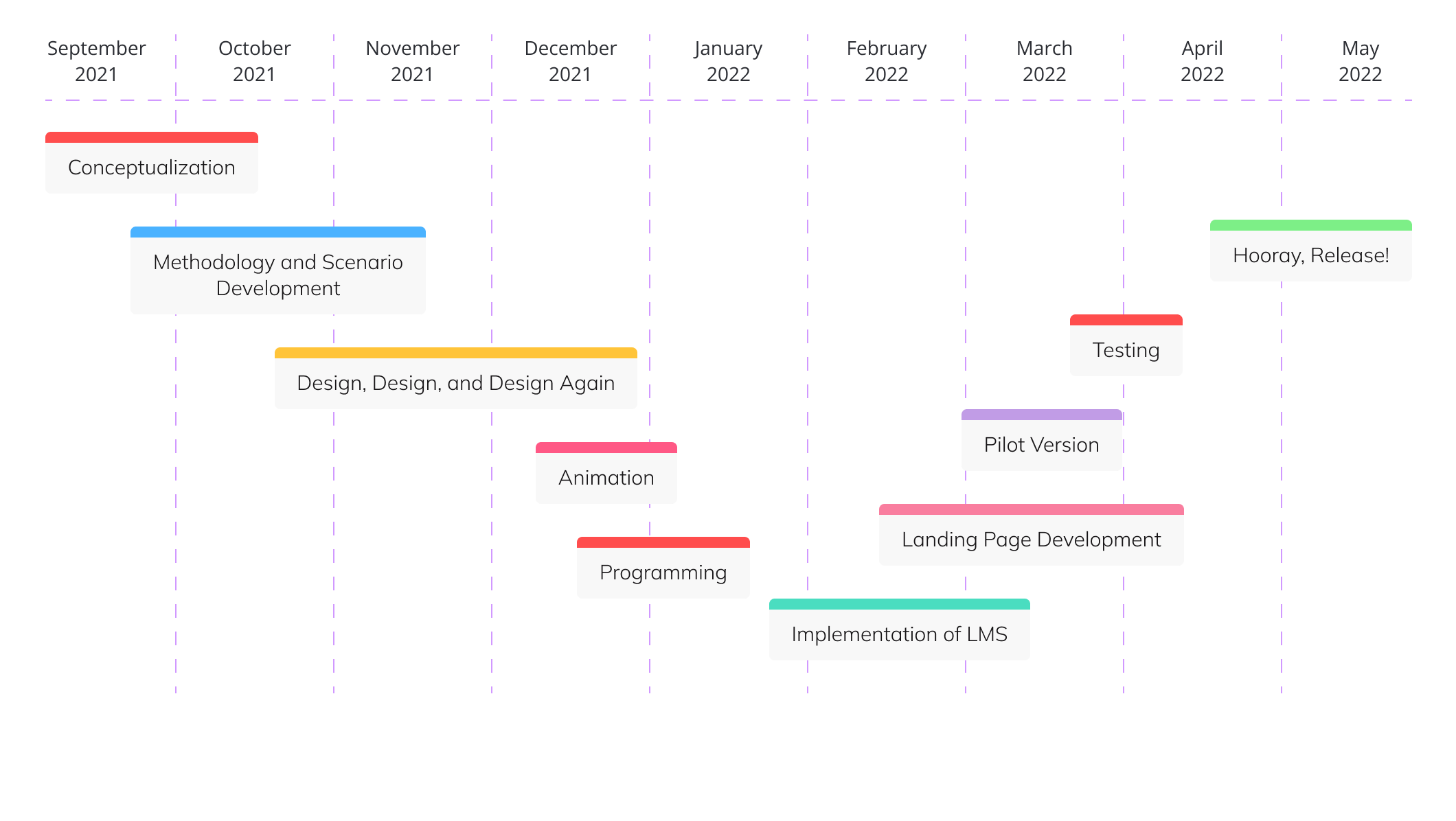


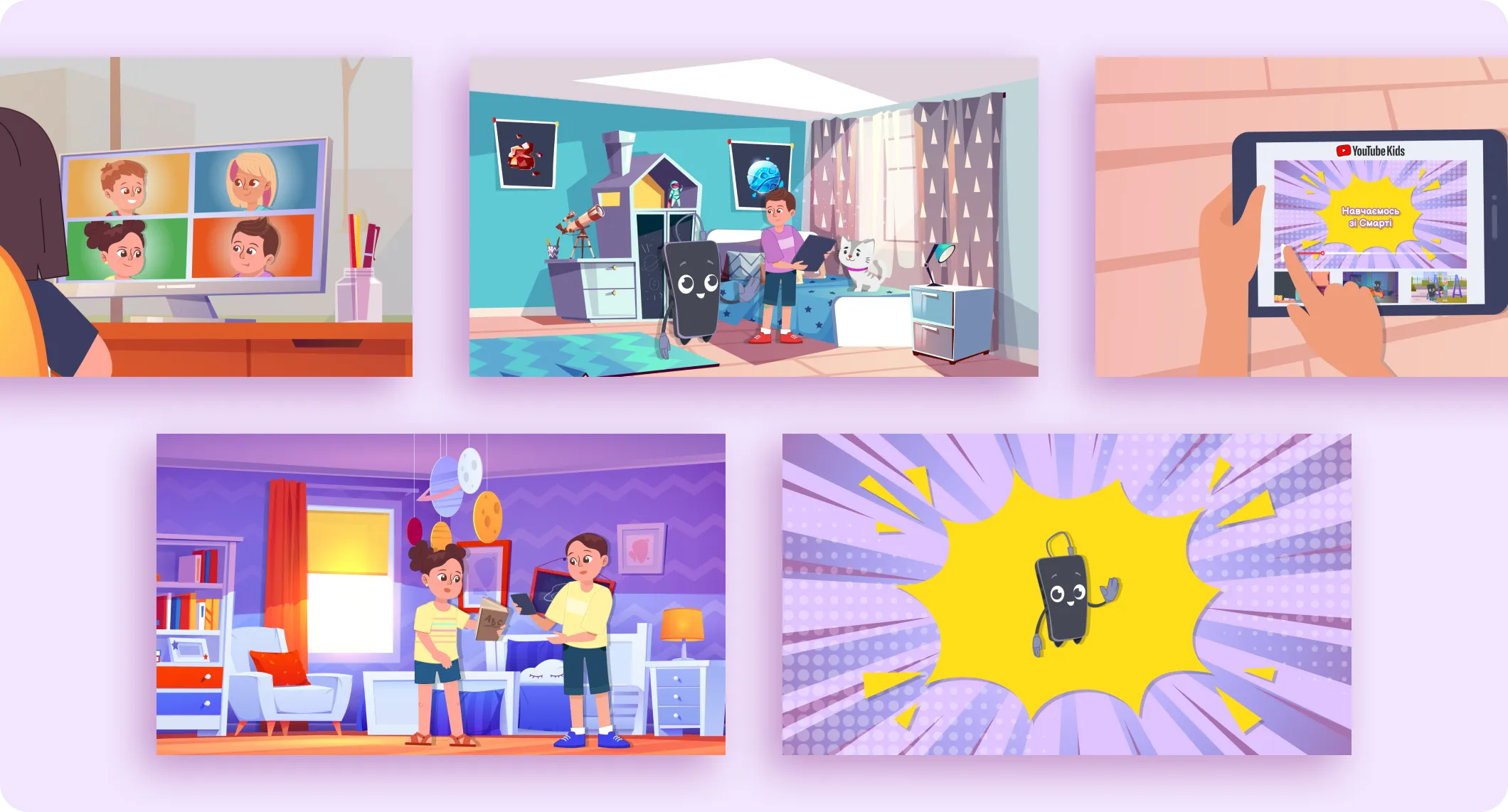
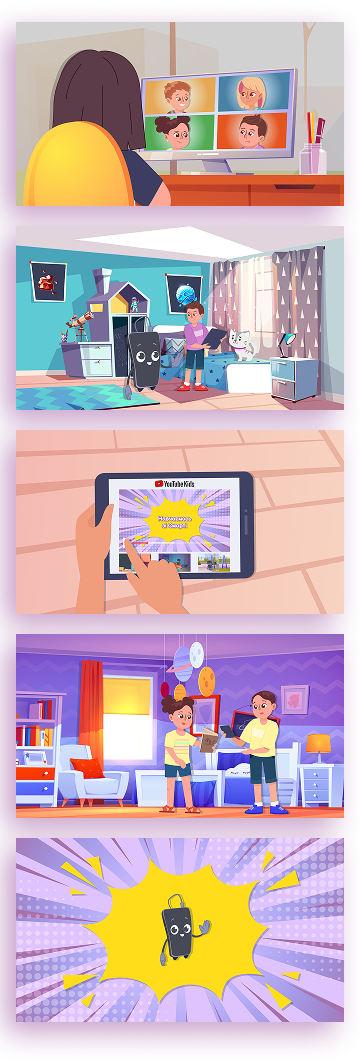
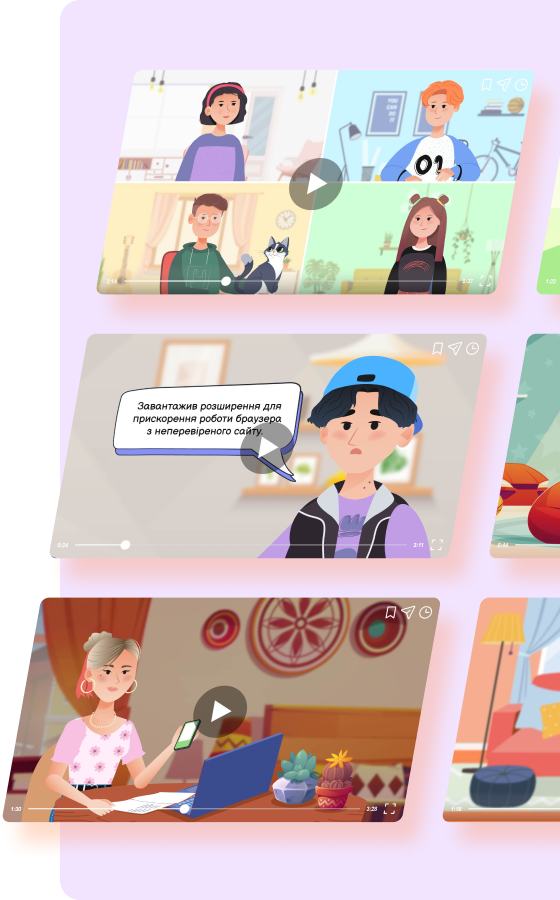




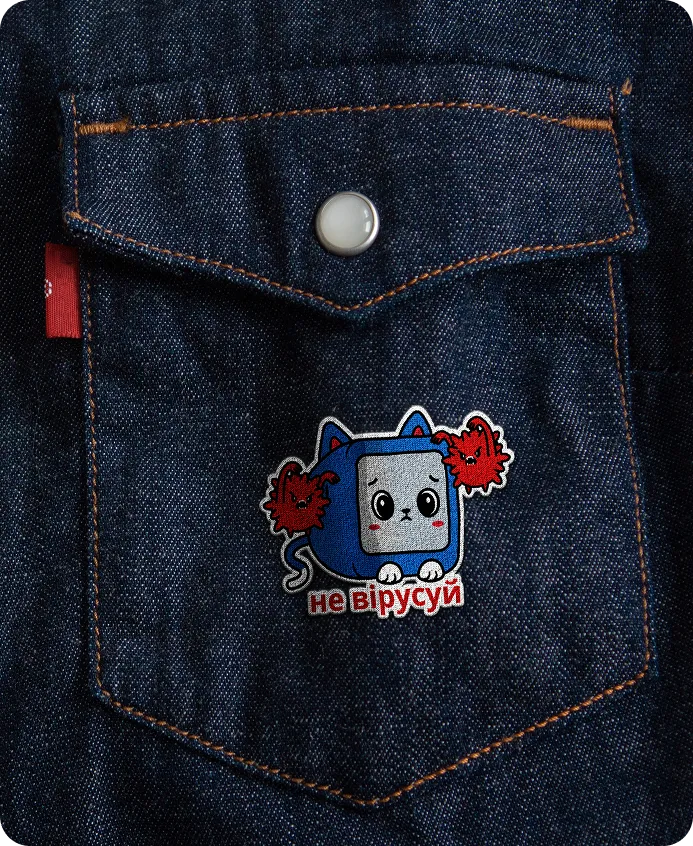
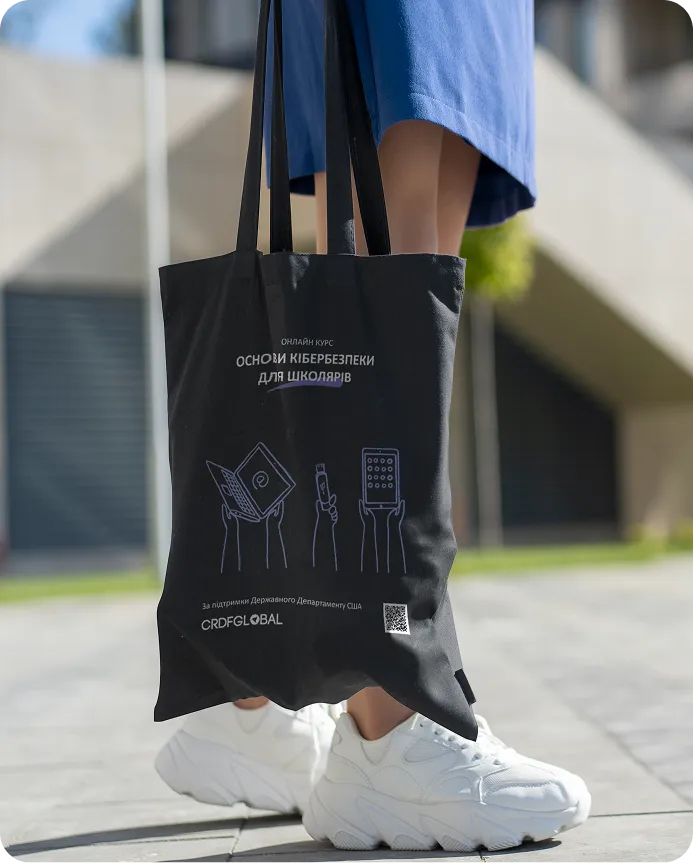
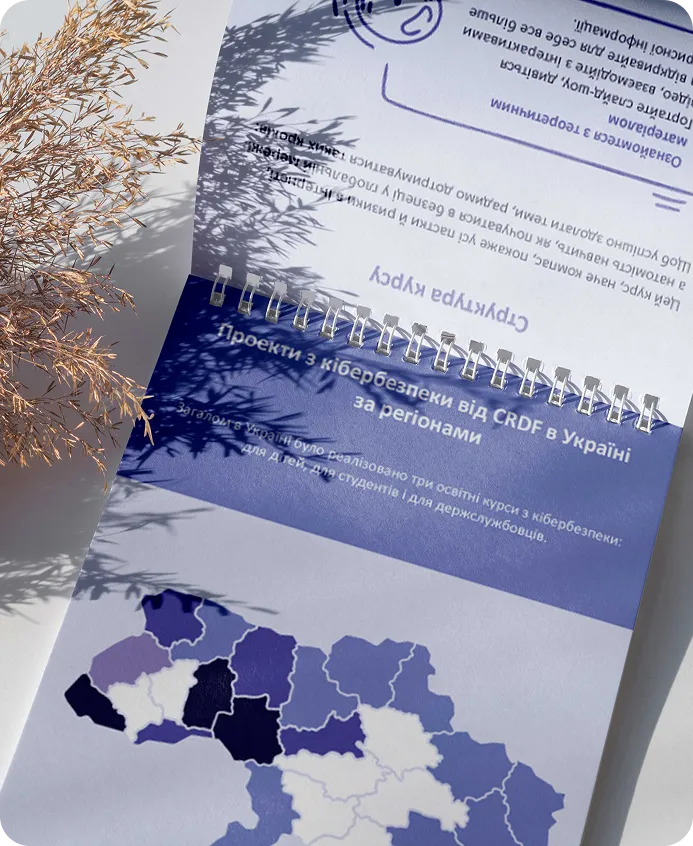
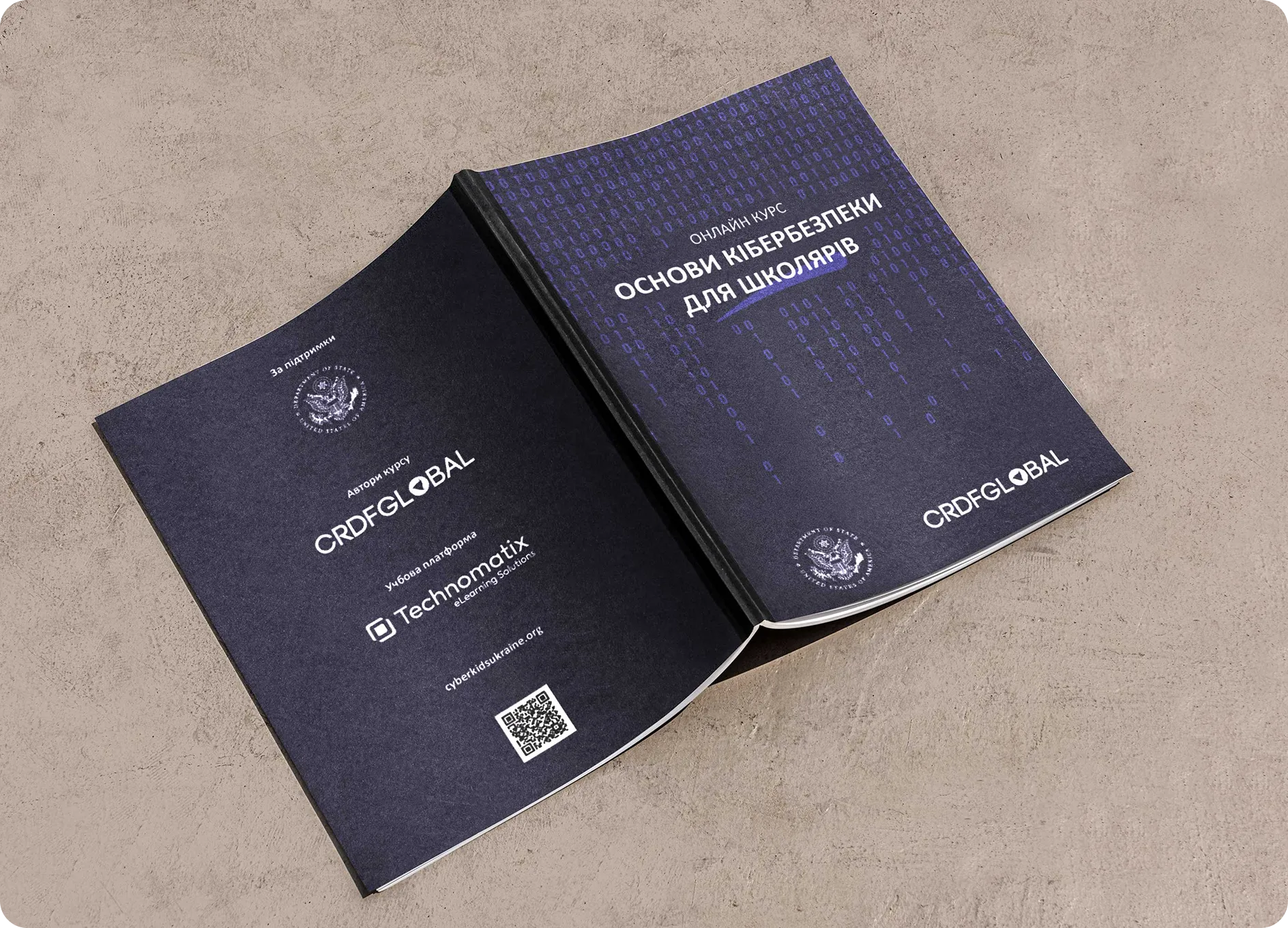

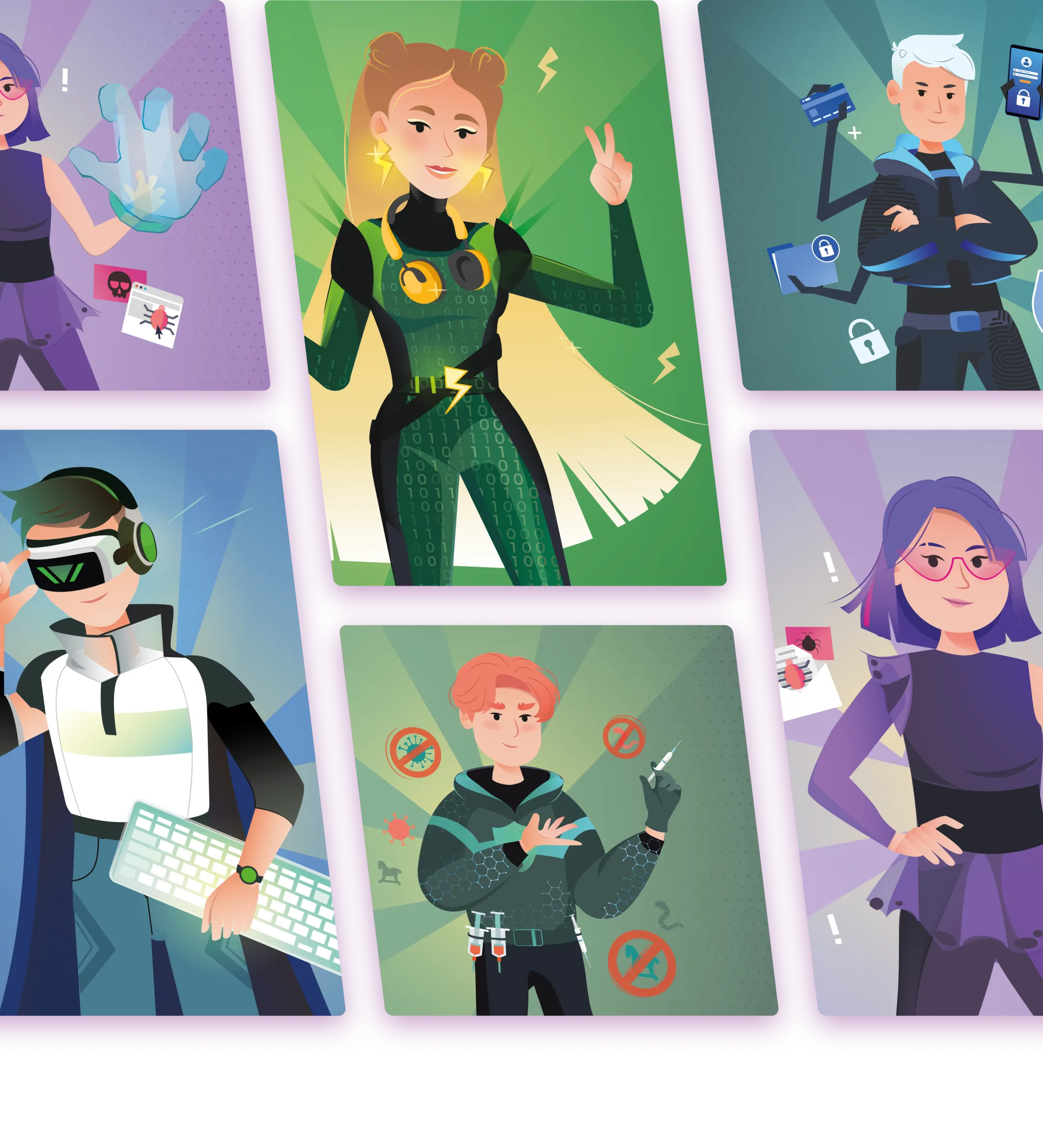


































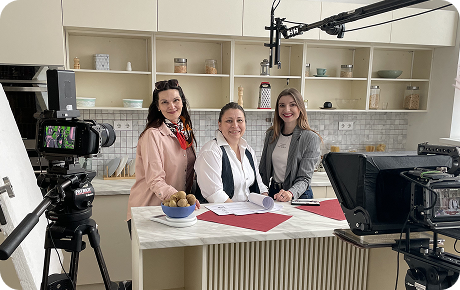


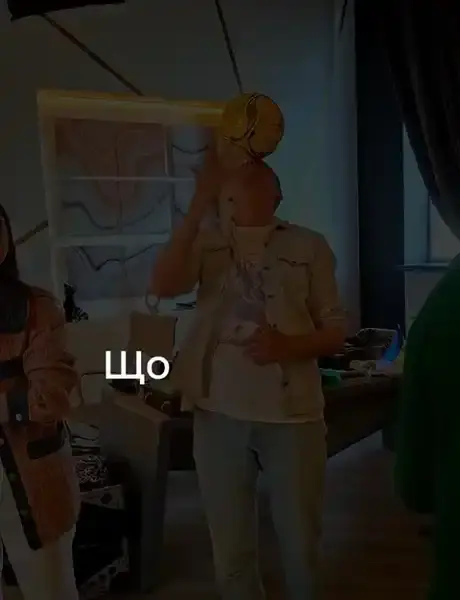












.png)
.png)
.png)















